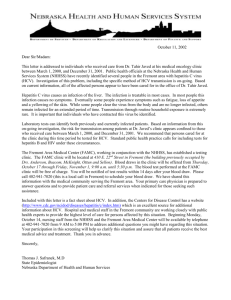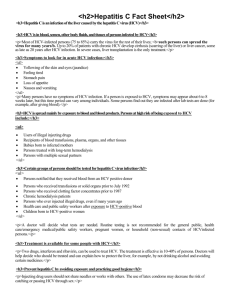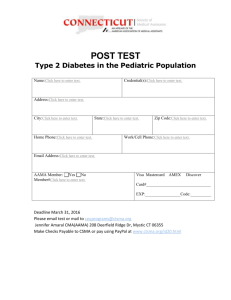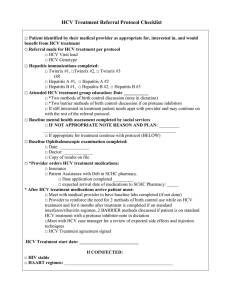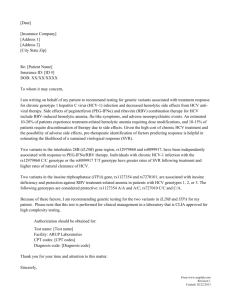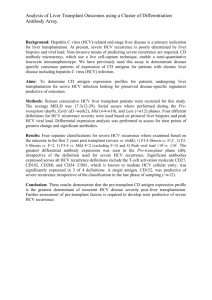Carly Bridden - Boston University Medical Campus
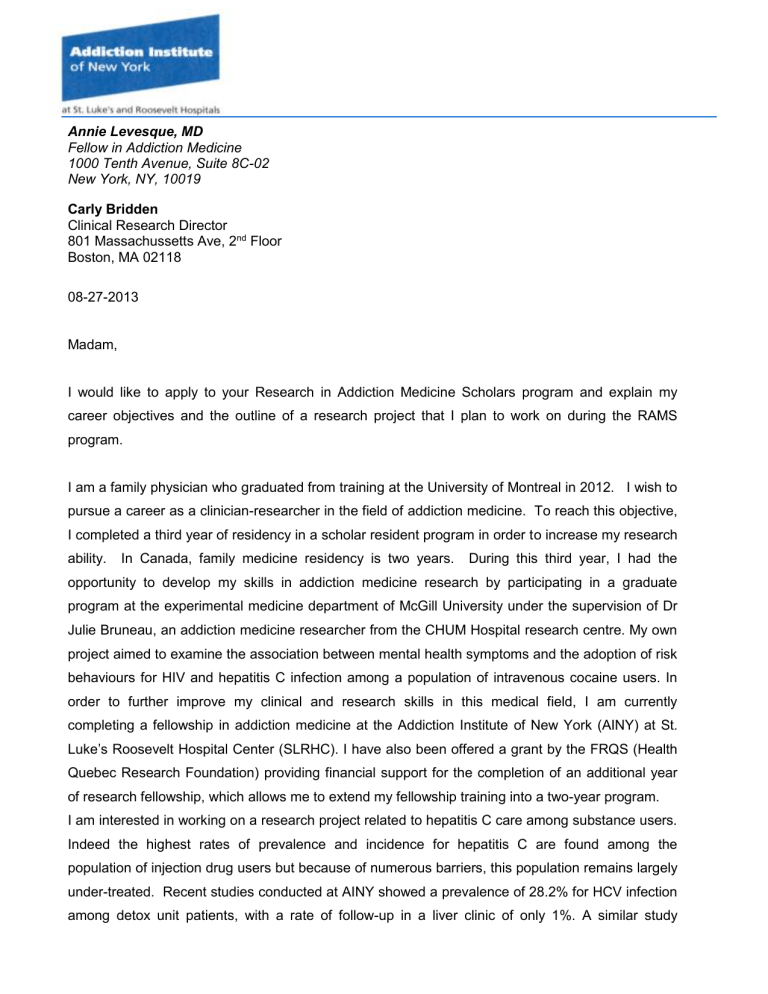
Annie Levesque, MD
Fellow in Addiction Medicine
1000 Tenth Avenue, Suite 8C-02
New York, NY, 10019
Carly Bridden
Clinical Research Director
801 Massachussetts Ave, 2 nd Floor
Boston, MA 02118
08-27-2013
Madam,
I would like to apply to your Research in Addiction Medicine Scholars program and explain my career objectives and the outline of a research project that I plan to work on during the RAMS program.
I am a family physician who graduated from training at the University of Montreal in 2012. I wish to pursue a career as a clinician-researcher in the field of addiction medicine. To reach this objective,
I completed a third year of residency in a scholar resident program in order to increase my research ability. In Canada, family medicine residency is two years. During this third year, I had the opportunity to develop my skills in addiction medicine research by participating in a graduate program at the experimental medicine department of McGill University under the supervision of Dr
Julie Bruneau, an addiction medicine researcher from the CHUM Hospital research centre. My own project aimed to examine the association between mental health symptoms and the adoption of risk behaviours for HIV and hepatitis C infection among a population of intravenous cocaine users. In order to further improve my clinical and research skills in this medical field, I am currently completing a fellowship in addiction medicine at the Addiction Institute of New York (AINY) at St.
Luke’s Roosevelt Hospital Center (SLRHC). I have also been offered a grant by the FRQS (Health
Quebec Research Foundation) providing financial support for the completion of an additional year of research fellowship, which allows me to extend my fellowship training into a two-year program.
I am interested in working on a research project related to hepatitis C care among substance users.
Indeed the highest rates of prevalence and incidence for hepatitis C are found among the population of injection drug users but because of numerous barriers, this population remains largely under-treated. Recent studies conducted at AINY showed a prevalence of 28.2% for HCV infection among detox unit patients, with a rate of follow-up in a liver clinic of only 1%. A similar study
conducted at the Opiate Treatment Program (OTP) of AINY revealed HCV prevalence rate of 79%.
Considering the burden of HCV infection for patients and for society, improving linkage between substance abuse treatment and hepatitis C care is essential. Multiple studies have shown that integrated cares models and multidisciplinary programs are effective for the management of HCV infections among substances users. The OTP and the liver clinic of SLRHC recently put in place a new multidisciplinary approach to establish a linkage between the two services and to prepare patients for successful HCV treatment.
In this context, my research objective will be to evaluate the early effectiveness of this new intervention by estimating the changes in patient’s readiness to enter treatment between baseline and 6 months post baseline. It will be a prospective cohort study where participants will be recruited at the SLRH OTP clinic. Patients already in the program with a negative HCV status with ongoing risk factors and those newly referred will be offered a rapid testing for HCV. Those who will receive a positive result will be referred to the liver clinic where they will receive educational information about hepatitis C. Both liver clinic and OTP clinic nurses and clinicians will integrate motivational interventions as part of their routine meeting with patients in order to enhance their willingness to engage into treatment. A questionnaire will be conducted at baseline and at 6 months which will include socio-demographic data and an evaluation of patients readiness to treatment based on
Proschaska stages of motivation. The difference between baseline and 6 month readiness to enter treatment will be the main outcome used as an early indicator of the intervention’s effectiveness.
The rate of HCV positive participants attending the liver clinic will also be measured.
With kindest regards,
Annie Lévesque

